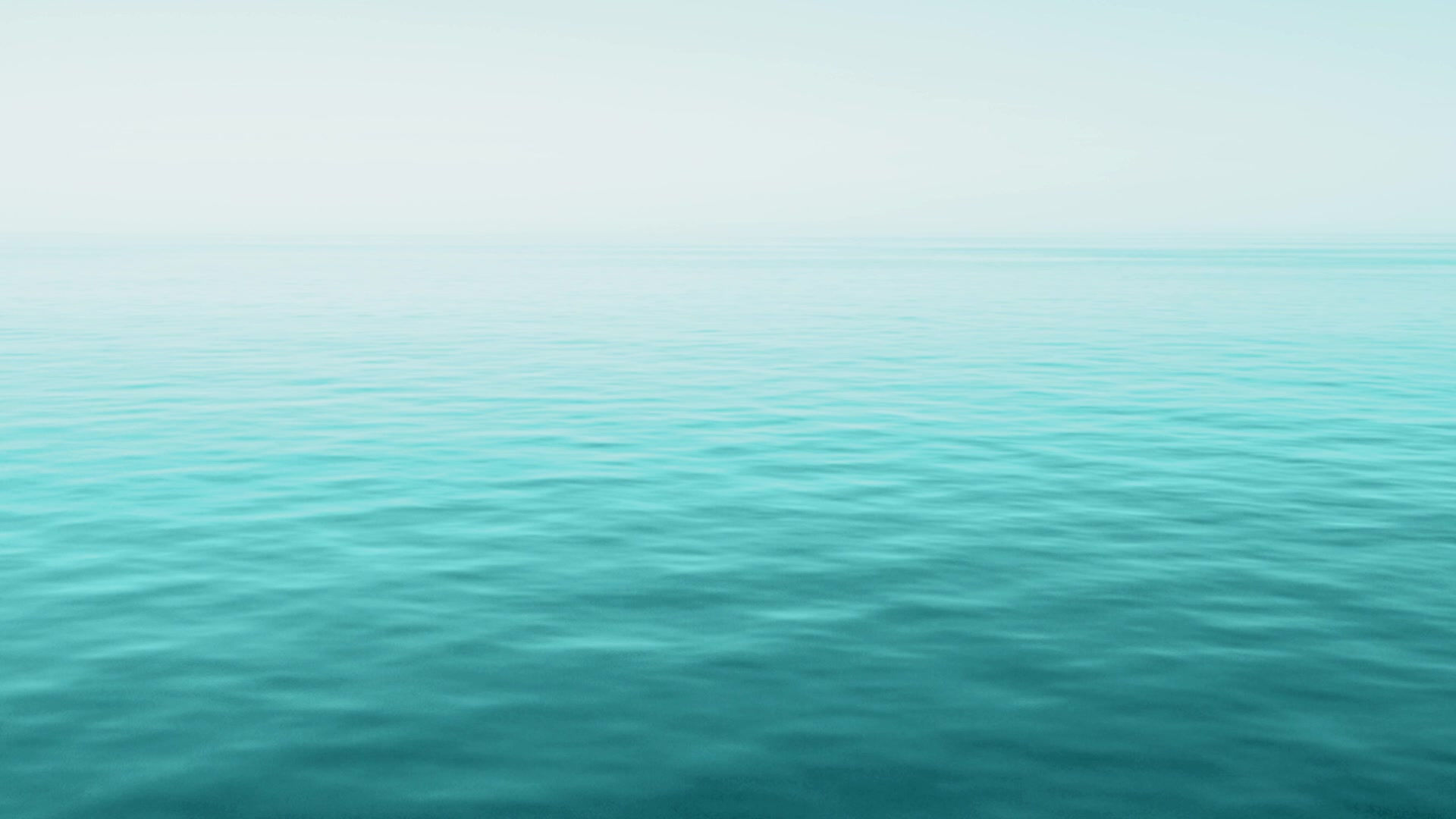

ELLIN GOETZ
VICE CHAIR
Ellin Goetz is a career advocate for environmental causes who combines her experience as a landscape architect with several years of community service. She is a past chairperson of the Conservancy of Southwest Florida and is currently on the board of Naples Community Hospital, Naples Chamber of Commerce and Big Cypress Basin of the South Florida Water Management District. Her commitment to her community has earned numerous awards, including the “Naples Daily News Outstanding Citizen Award,” in 2004 and the Conservancy of Southwest Florida 2010 “Eagle Award.” Goetz is president of her own firm GOETZ+STROPES LANDSCAPE ARCHITECTS, INC., located in Naples, Florida. She graduated from Vassar College in New York with a bachelor’s degree in art history and fine arts and attended the University of Massachusetts, Amherst, where she attained her master’s degree in landscape architecture.

